In This Article
How to Use Electric Toothbrush Correctly
Nov 17, 2022

Are you getting the most out of your electric toothbrush? Electric toothbrushes are popular due to their advanced features and technology. They help people take their oral hygiene to the next level. However, using an electric toothbrush correctly is key to reaping the full benefits.
In this article, we'll guide you through the proper way to solve your question: how to use an electric toothbrush correctly and ensure you maximize its potential.
Electric Vs. Manual Toothbrushes
Before listing the steps, think about another question: is an electric toothbrush better than a manual one? From most aspects, the answer is obviously yes. Why? You can get evidence from the comparison between them:
| Electric Toothbrushes | Manual Toothbrushes | |
| Cleaning Efficiency | Generally more effective due to high-frequency vibrations or oscillations | Requires proper technique to achieve effective cleaning |
| Convenience | Usually comes with built-in timers, pressure sensors, and multiple brushing modes | No need for charging or batteries; easy to replace |
| Cost | More expensive but can be more cost-effective in the long run | Generally cheaper upfront, but requires frequent replacement |
| Maintenance | Requires charging, occasional replacement of brush heads, and can be less travel-friendly | No charging or replacement parts are required, and it is more travel-friendly |
| Suitability | Great for those with limited mobility, orthodontic appliances, or gum disease | Suitable for most individuals, but may require more effort for thorough cleaning |
It's important to brush for two full minutes, both front and back, while ensuring that you're not neglecting the hard-to-reach teeth in the back of your mouth.
However, many people don't brush for the recommended duration and may miss some teeth altogether. In such cases, electric toothbrushes can be a useful solution.
So, what are the specific benefits of an electric toothbrush?
Read on.
The Benefits of Using an Electric Toothbrush
A systematic review was published in the Dental Journal. It compared the effectiveness of 29 studies. The conclusion was that electric toothbrushes are more efficient than manual toothbrushes in reducing plaque and gingivitis. This was found to be significant.
Electric toothbrushes offer numerous benefits. While everyone can benefit from using them, electric toothbrushes are especially effective for:
-
Effectively removing plaque
A review of studies shows that, in general, electric toothbrushes do reduce plaque and gingivitis more than manual toothbrushes. After three months of use, plaque was reduced by 21% and gingivitis by 11%.
-
Convenient for people with mobility issues
Electric toothbrushes can do most of the work for you. They may be helpful for anyone with mobility issues, such as people with:
- carpal tunnel
- arthritis
- developmental disabilities
-
Timer
The electric toothbrush is created with a timer to ensure clean your teeth for the recommended two minutes.
-
May reduce waste
When it's time for a new toothbrush, in many cases, you'll only need to replace the head of your electric toothbrush, so it may be more wasteful than throwing away a full manual toothbrush.
However, if you use a disposable electric toothbrush, you will have to replace it completely when needed.
-
Improve oral health by using orthodontic braces
One research found that electric toothbrushes are especially helpful for people who wear orthodontic appliances, such as braces because they make brushing easier.
Plaque levels were almost the same across those who used electric toothbrushes and those who did not, among those who had good oral health and owned an electronic toothbrush. However, an electric toothbrush can be a good investment if you're having trouble keeping your mouth clean while undergoing orthodontic treatment.
-
Safe for gums
Electric toothbrushes do not harm gums or tooth enamel but promote oral health when used properly.
Surprisingly, most people don't know how to use electric toothbrushes correctly. Next, let's look at the specific 10 steps to take advantage of it.
How to Use Electric Toothbrush Correctly?
Most electric toothbrushes operate frequently, typically over 30,000 brush strokes per minute. Their high frequency creates a powerful wave motion that eliminates plaque and debris from the teeth and gums. Shortly, here are the specific steps:
Step 1. Apply floss.
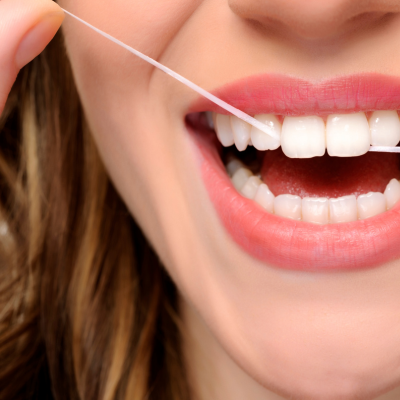
Flossing can be used for initial cleaning before brushing your teeth. This will help clean plaque and food debris between the teeth that brushing cannot reach. And it will improve the effectiveness of fluoride to some extent.
- Remove about 18 inches (46 cm) of floss from the package. Wrap it around your middle finger. Then, hold the floss with your thumb and index finger.
- Gently guide the floss between your teeth. When it hits the gum line, bend it over the teeth.
- Rub the floss up and down the side of each tooth. Remove plaque that has formed under the gums until you get the best results.
Step 2. Ensure the integrity of the brush.
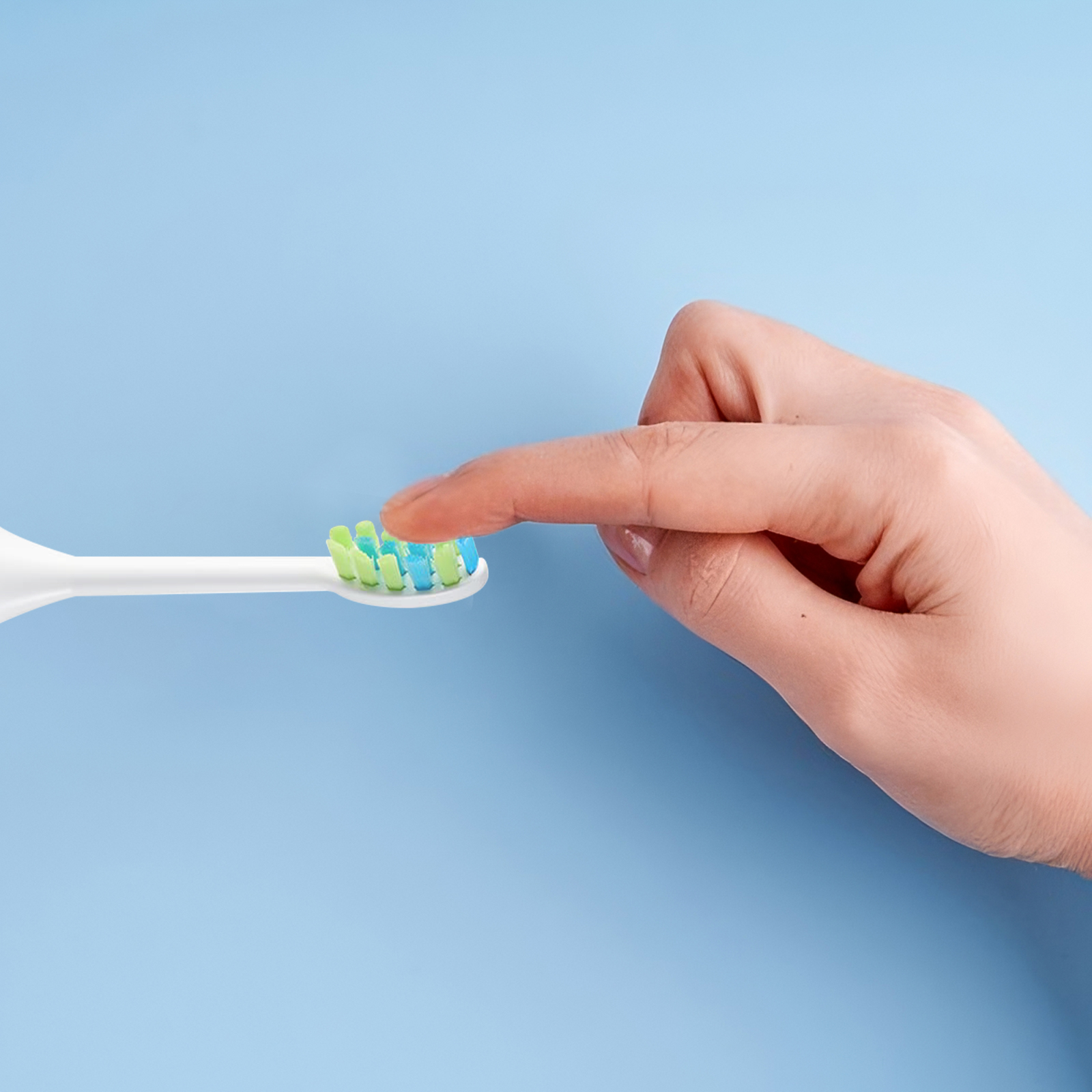
Your electric toothbrush should be soft in nylon bristles for the most effective brushing. These bristles will wear down regularly, and you should check your brush regularly to maintain its integrity.
- Ensure the bristles have no sharp or jagged edges or ends.
- Make sure the bristles are not detached. If the colored bristles begin to fade, you should replace the brush head with a new one.
- Replace the electric toothbrush head every 3-4 months or sooner if you notice any of the above problems.
Step 3. Ensure the brush has power.
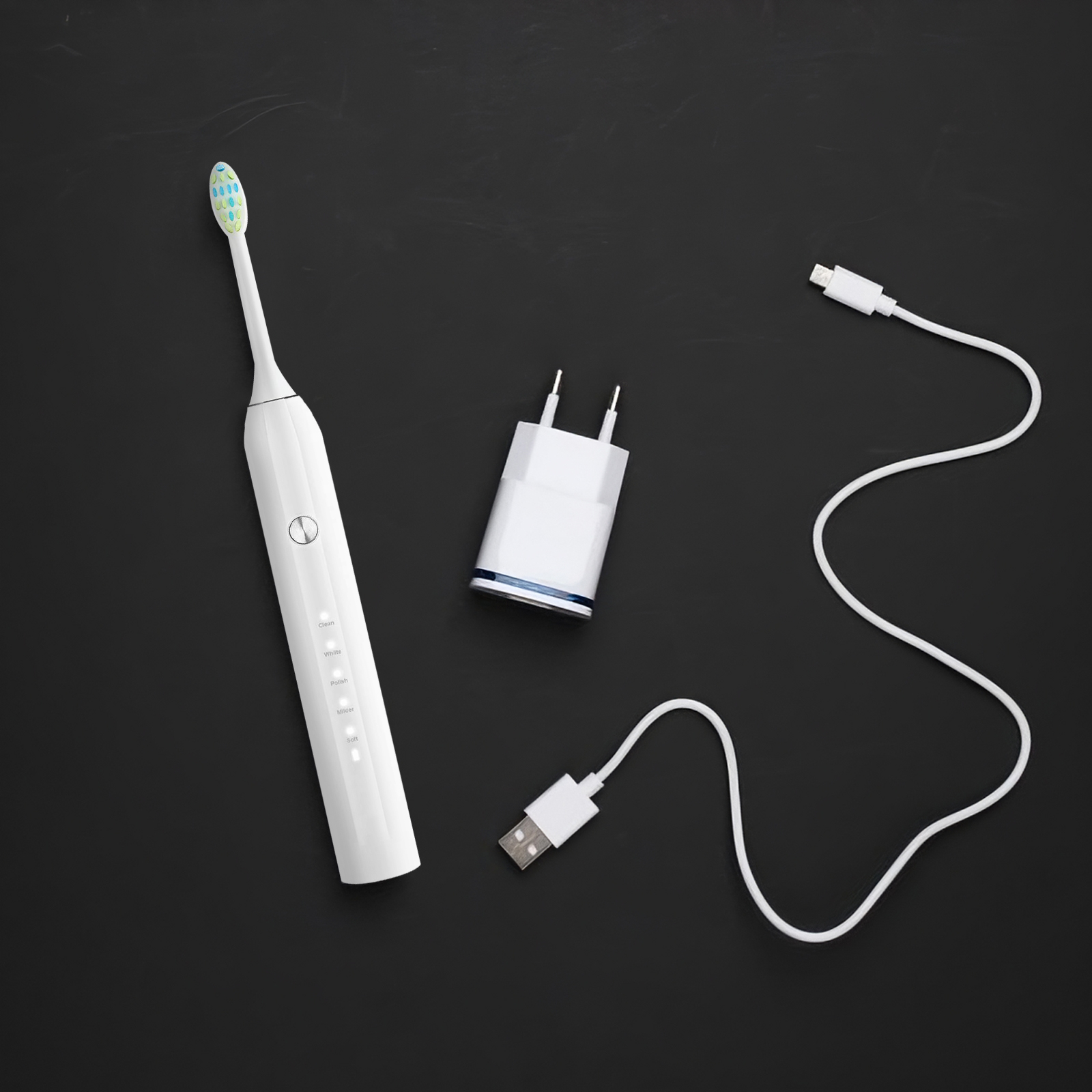
You cannot use your toothbrush if the batteries are dead or not charged. To ensure you can use your toothbrush most effectively, keep it in the charger or replace the batteries when needed. If your toothbrush is dead, you can also brush your teeth manually or use a regular toothbrush.
- Store your toothbrush close enough to the sink to reach it. But make sure the toothbrush is plugged in without knocking it into the sink and electrocuting it.
- Consider carrying a charger or spare batteries to brush your teeth whenever necessary.
Step 4. Wet your brush and get the toothpaste.
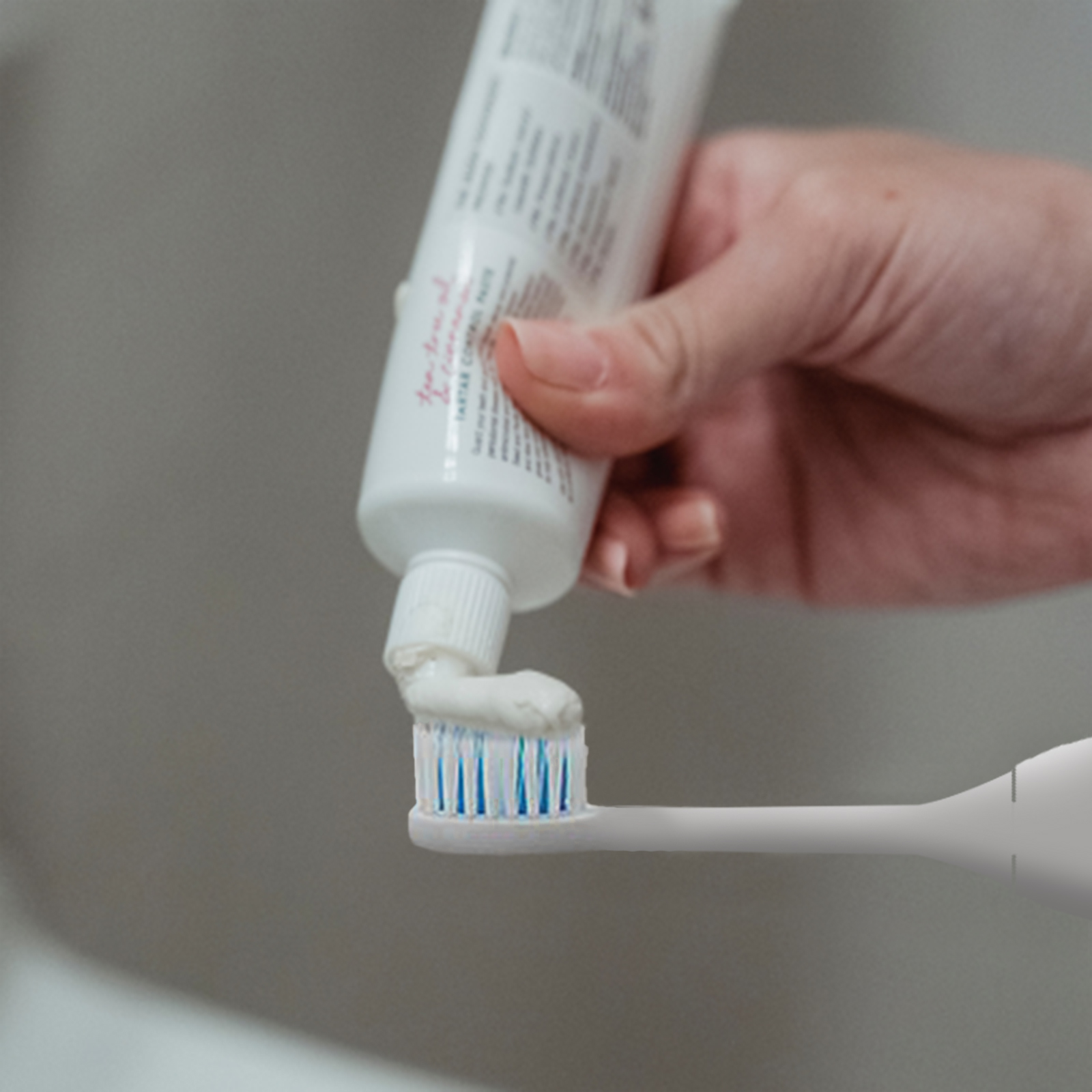
Dip your toothbrush in water and then put a pea-sized amount of toothpaste on the brush. You can also apply toothpaste to your teeth. If your teeth are sensitive due to weakened enamel, use fluoride toothpaste to help minimize sensitivity.
- Fluoride toothpaste is recommended to help strengthen teeth and remove plaque that causes disease and decay.
Step 5. Divide your mouth into four sections.

When brushing your teeth, divide your mouth into upper, left, right, and lower areas. This can help ensure you brush your teeth and each part of your mouth.
- You can start with the area you like or are most comfortable with. You should spend about 40 seconds on each section. Be sure to brush every surface of every tooth.
- Remember to brush your tongue and palate.
Step 6. Place toothbrush bristles along the gum line.
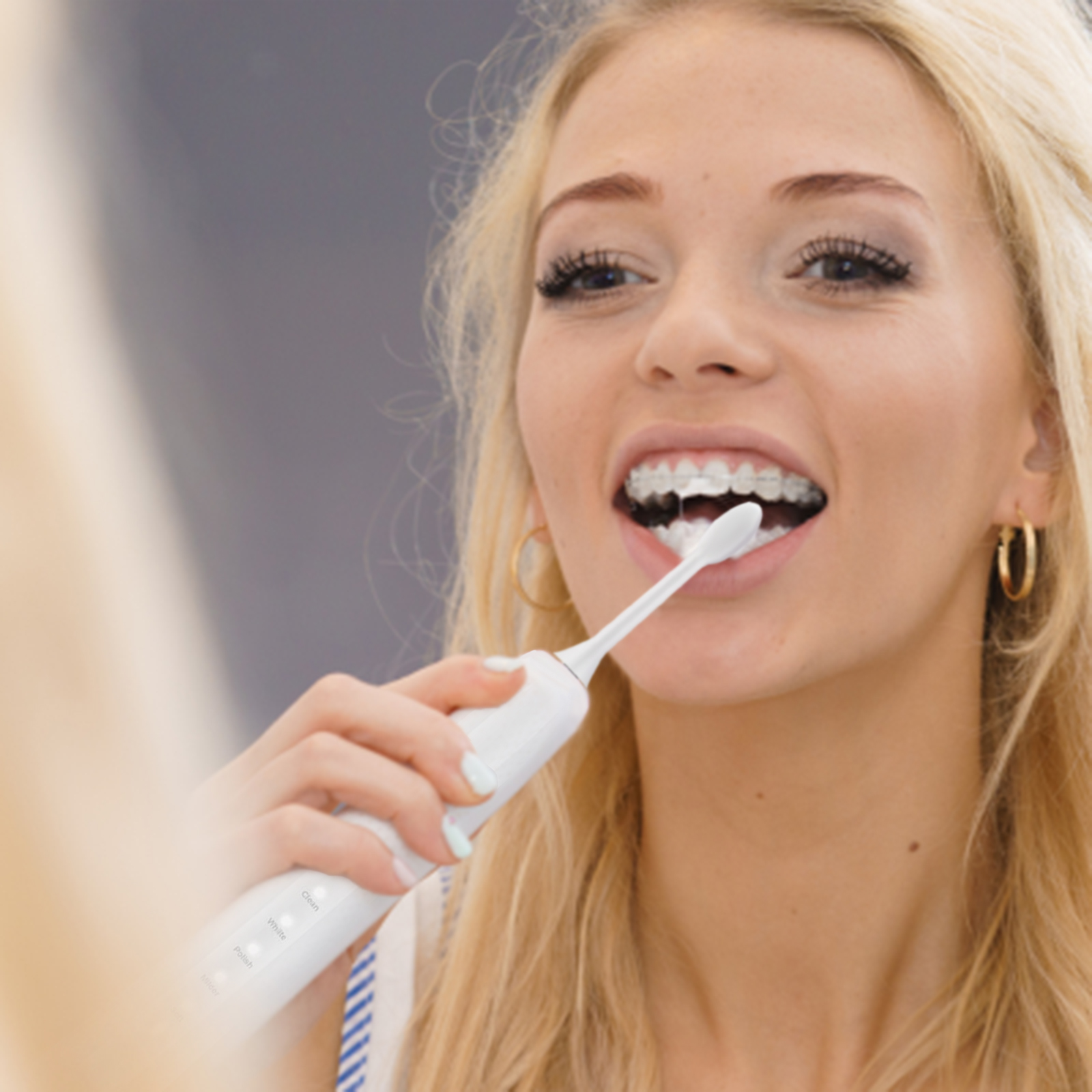
Hold your toothbrush at a 45-degree angle to your gum line. Keep the bristles in contact with the surface of your teeth and the gum line. This helps ensure that you get the most effective brushing possible.
- Apply only light pressure, as too much pressure can damage your teeth and gums. The vibration of an electric toothbrush also adds a little extra pressure.
Step 7. Brush teeth from the outer to the inner.
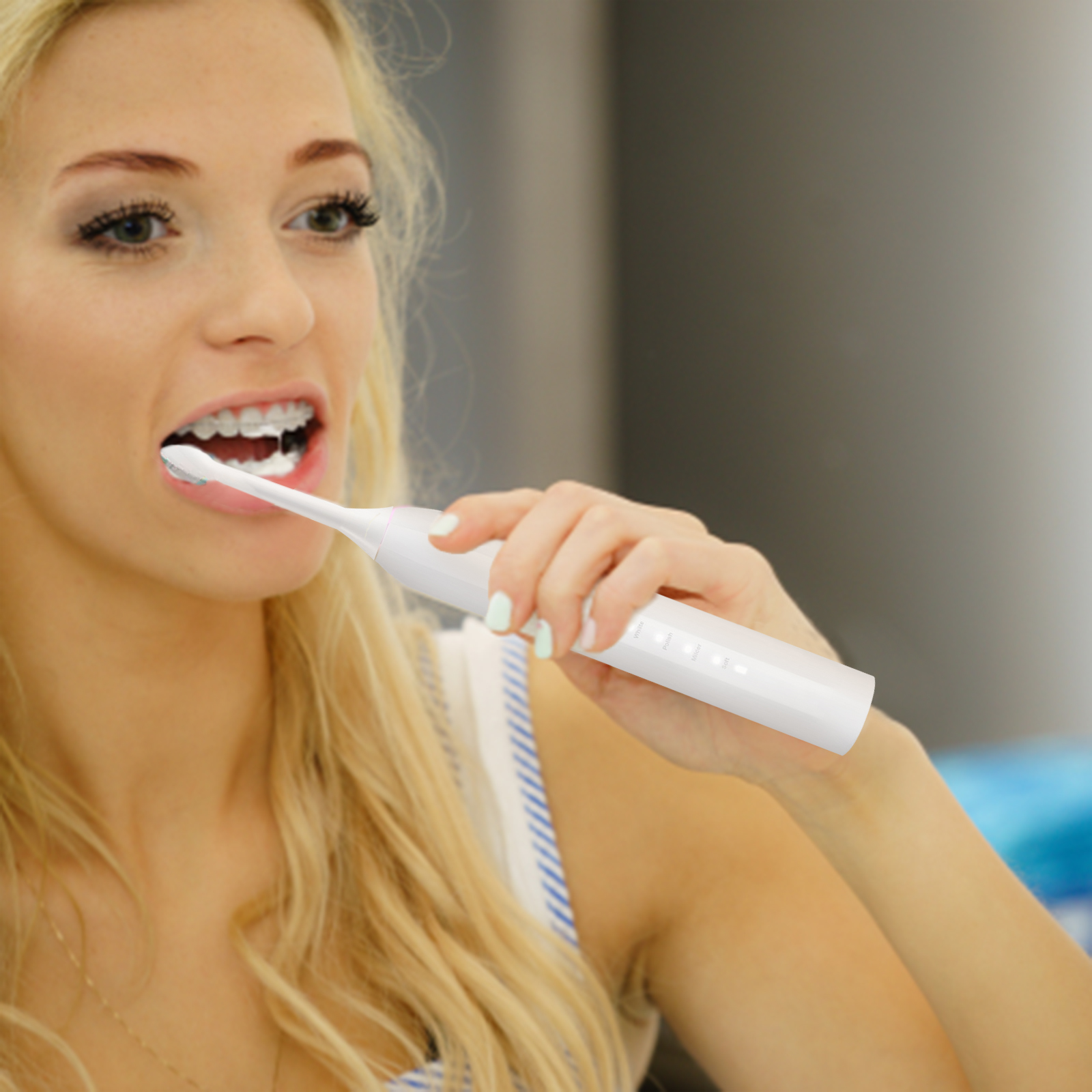
Keeping a 45-degree angle, brush the outer surface of the teeth in a downward motion. Then, move to the inner surfaces of the teeth and repeat the same process. Ensure you brush your teeth gently and thoroughly for 2-5 minutes.
- A downward motion means touching the brush to the gum line and moving the toothbrush toward the chewing surface. Also, brush gently and firmly to avoid holding the brush near the gum line for too long, which can lead to gum recession over time.
- To brush behind the front teeth, tilt the brush vertically and use only the front half of the brush to brush up and down.
Step 8. Clean the occlusal surface, tongue, and soft palate.

You will also need to brush your tongue, upper jaw, and the biting surfaces of your teeth.
- Use a gentle back-and-forth scrubbing motion to clean the biting surfaces and tongue.
- Use the same or more gentle back-and-forth motion to clean the soft palate or upper jaw.
Step 9. Rinse your mouth.

After brushing your teeth, rinse your mouth with water or mouthwash. Mouthwash reduces plaque and gingivitis and promotes overall oral health. Mouthwash also removes leftover food particles or other bacteria.
- Mouthwashes containing chlorhexidine are usually the preferred type of mouthwash. Products containing alcohol may dry out your mouth, causing bad breath and even ulcers.
Step 10. Store the toothbrush in a dry and clean place.
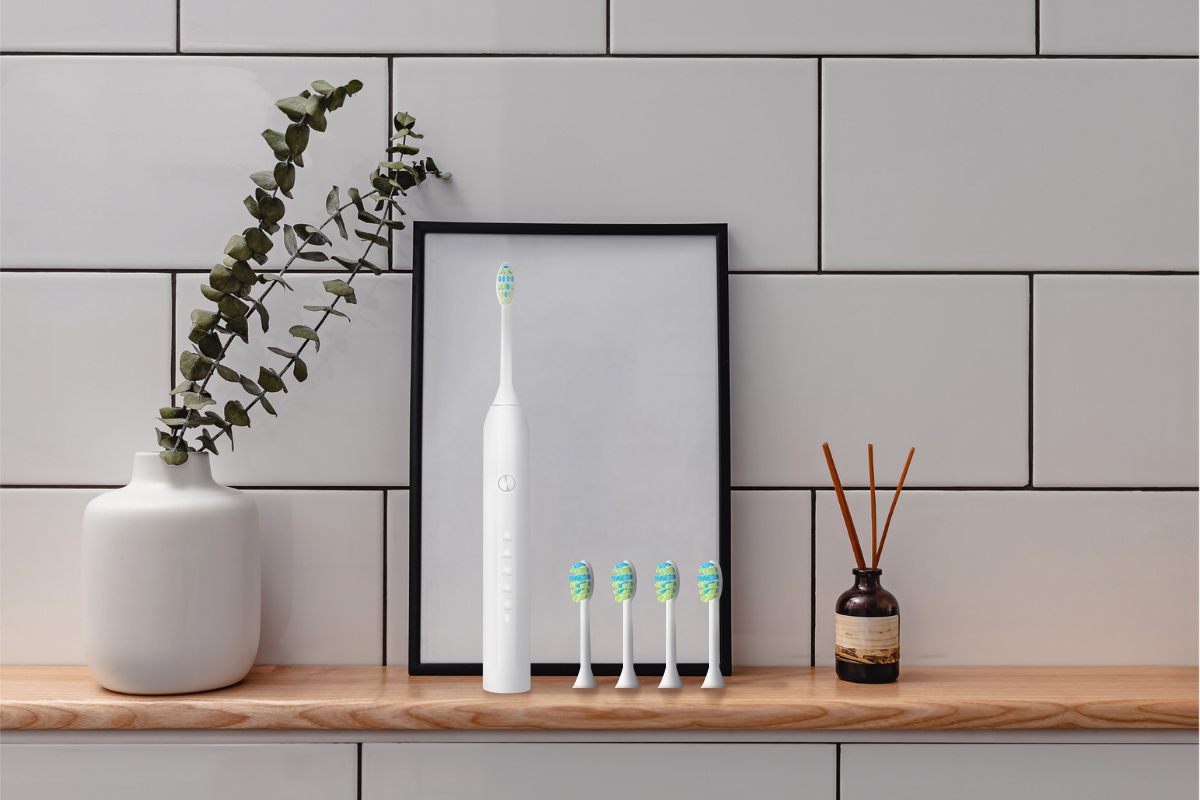
After brushing your teeth, rinse the toothbrush head and store it in a dry and clean place. This helps maintain the integrity and longevity of your toothbrush. Remove the brush from the handle and place it under running water for a few seconds. Place it upright on a stand to dry.
- Rinsing the toothbrush under running water removes any remaining toothpaste or debris.
- Avoid covering the head of the toothbrush, which promotes bacterial growth.
- Make sure you store your toothbrush upright.
In Conclusion
Electric toothbrushes can be a great help when it comes to oral hygiene. Knowing how to use an electric toothbrush correctly can keep your teeth and gums healthy.
Brush for 2 minutes as recommended. Use the correct brushing technique. Change the brush head every 3-4 months. Keep your toothbrush charged and clean.
Follow these simple steps to get the most out of your electric toothbrush. Enjoy all the benefits it has to offer. So, start brushing like a pro today, and show off your healthy, bright smile!
Share this article














